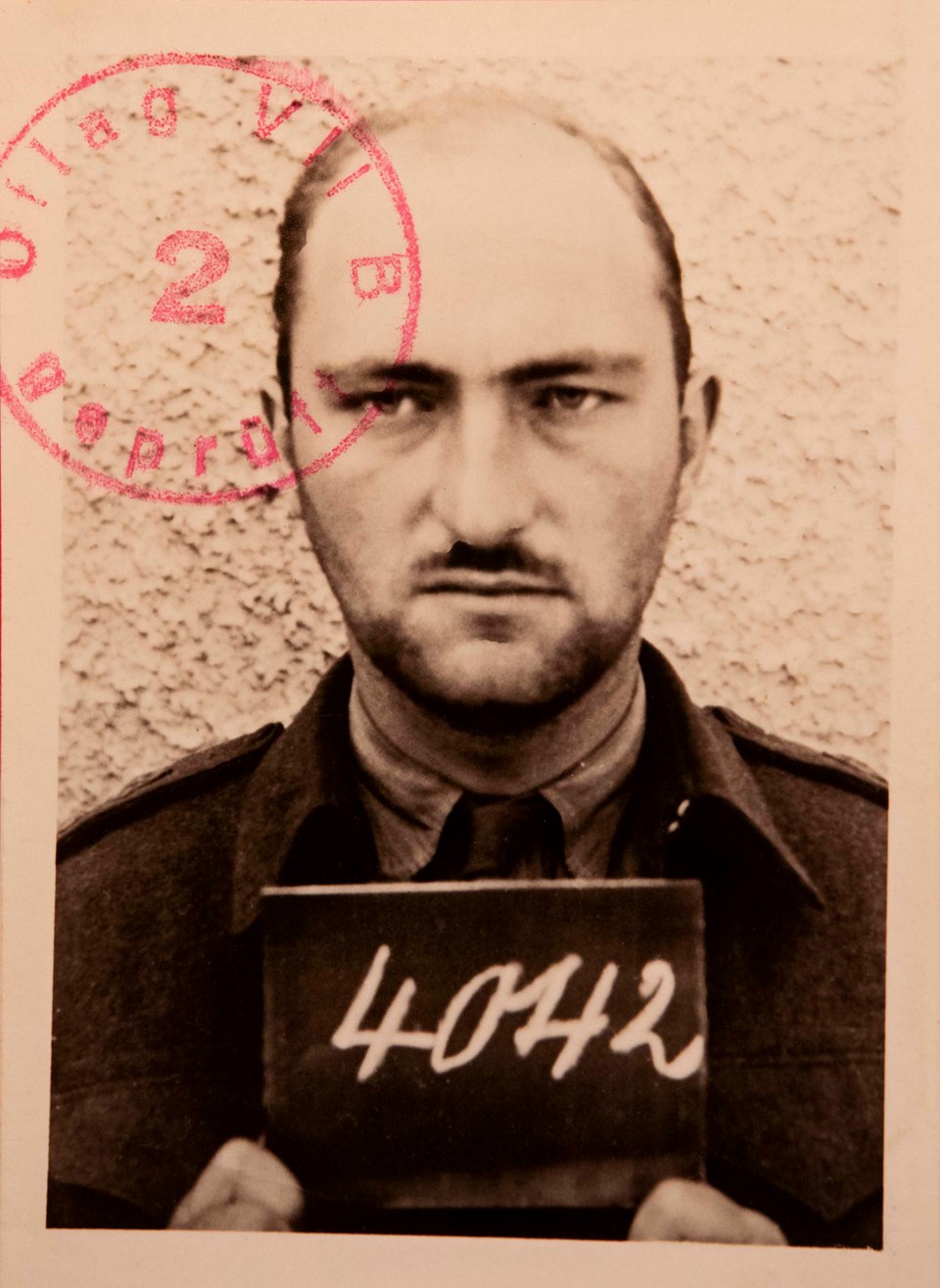Almost 1,000 Canadian soldiers died on Aug. 19, 1942, during the Dieppe raid.
Former St. Albert resident Lt. Marcel Lambert was not one of them. This presumably came as a surprise to his family, who held a funeral for him shortly after the battle.
Lambert’s strange tale is the subject of a mini-exhibit now on display at the Musée Héritage Museum as part of the lead-up to Remembrance Day. This year also marked the 80th anniversary of the Dieppe raid.
This will be St. Albert’s first full-scale Remembrance Day event since the start of the COVID-19 pandemic, said St. Albert veteran Bob Fagan, one of the event's organizers. Cadets, the Edmonton Youth Pipe Band, and vintage military vehicles are all scheduled to participate in Friday’s ceremony.
“I would imagine we’ll probably get a good turnout,” Fagan said, with likely thousands in attendance.
Portions of Tache St., the St. Anne Promenade, St. Anne St., and St. Thomas St. will be closed Friday morning to accommodate the ceremony, the City of St. Albert website reported. Veterans will set out from the St. Albert Legion Hall at 10:40 a.m. to march to the cenotaph by St. Albert Place. The official ceremony, complete with laying of wreaths and moment of silence, will start at 11 a.m.
St. Albert Legion past president Doug Delorme advised residents attending the ceremony to wear their poppies over their hearts and to remove them after the event finished.
Dieppe and St. Albert
Musée Héritage Museum curator Joanne White said guests can drop by the museum for a hot drink after Friday’s ceremony and learn more about the ill-fated Dieppe raid.
The raid on Dieppe, France, was Canada’s first major battle in the Second World War, Delorme said. It was also a disaster.
Allied forces had been driven out of western Europe in 1942, reported Veteran Affairs Canada. They mounted a raid on the port of Dieppe to gather intelligence and develop tactics, with a view to eventually regaining a foothold on the European continent. The raid happened on Aug. 19 and saw some 6,100 troops, including some 5,000 Canadians, set sail from England.
“Unfortunately, a lot of things went wrong,” White said.
The raid lost the element of surprise when a landing party ran into a German convoy, alerting defenders, Veteran Affairs reported. The troops were also behind schedule, so they landed under the dawn’s early light instead of the cover of darkness.
“The main problem was the beach was (made of) very large gravel,” White said, which was completely different from the beaches the Canadians had trained on.
“All their vehicles got hopelessly stuck on the beach.”
Lambert, then 21, was in one of those vehicles. In a 1972 CBC interview, he described how the gravel at Dieppe played havoc with his tank’s tracks.
“It was in manoeuvring to get over the sea wall where we broke a track, first track I’d ever broke in training or otherwise,” Lambert said.
“And that’s where we sat. I don’t think I moved more than 50 or 60 feet.”
Intense fire from the German defenders forced the Allies to retreat. Of the 4,963 Canadians who embarked on the raid, just 2,210 returned, many of them injured, reported Veteran Affairs. Some 1,946 were captured and 916 were killed.
“It became the bloodiest day in Canadian combat during the Second World War,” White said.
Lambert’s relatives thought he had died at Dieppe and held a funeral for him at St. Joseph’s Cathedral in Edmonton, the Musée exhibit showed. Lambert had actually been captured, and would spend 33 months in a German prisoner of war camp. (He somehow managed to take correspondence courses from Oxford University while in the camp, White noted.)
Lambert survived the war and became Alberta’s Rhodes Scholar in 1947. He served 27 years in Parliament, two of them as Speaker of the House of Commons. He died in 2000 at 81.
While the Dieppe raid was a disaster, Delorme said it taught the Allies valuable lessons they applied to the Normandy landings on D-Day.
Delorme said it was important to acknowledge the sacrifices Canadians made at places like Dieppe to create the peace we have today.
“It all comes back to remembrance.”
Lambert’s account of the Dieppe raid can be viewed on the Juno Beach Centre website (museumvimytojuno.ca).




